Interview: Vinay Venkatraman
The India-raised, Italy-educated and Denmark-based designer on his value systems and love for found objects

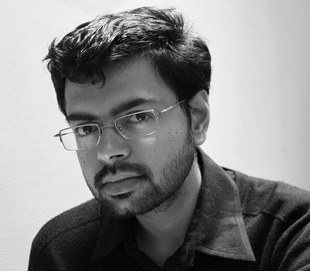
Vinay Venkatraman may not be your typical Danish product and interaction designer, but he’s an influential one. A quick glance at his CV shows that he was educated in India and Italy, co-founded the Copenhagen Institute of Interaction Design and is now the CEO of his own consulting firm, LeapCraft.
Watch his TED talk at TEDxSummit, however, and you’ll see how Venkatraman is taking the road less traveled. Rather than catering only to the technologically advanced, he applies his expertise in human-centered design approach to the very tangible problems of the majority of the world—those who don’t have access to the latest gadgets, let alone the internet. Some of his projects include transforming a mobile phone, a lunchbox and a flashlight into a low-cost projector for under-resourced schools, or re-appropriating an alarm clock for use as an easy-to-read medical screening device. As a follow-up to his recent talk at Design Indaba in South Africa, the designer spoke to us about the three different value systems that he was educated in, reminisced about failed projects and more.
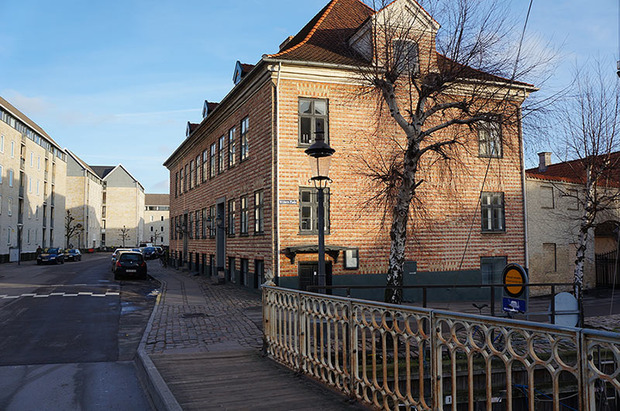
How did you get from India to Italy to Denmark?
It’s kind of weird that one ends up here in the cold, dark North [laughs]. My story is pretty unusual in the sense that I studied industrial design in India, in the National Institute of Design, which is, I don’t know how to call it, like an old government institution. It’s kind of an ivory tower sort of place in India and it was set up by the Ministry of Industries back in the ‘50s. Now there are many design schools, but until recently I think there were only two design schools you could go to in India.
So did you make the move out of the country after you graduated?
No, actually I had a startup with a friend back then, like in 2002-2004, where we were doing visual effects, like special effects for movies. It was a kind of interesting business. I learned a lot, a very steep learning curve, for sure, but I think it was really fun. We did some crazy stuff, like blowing up stuff and throwing things off buildings to create spectacular visual imagery. I think from a pure design and the aesthetics point of view, it was terrible, but from a technology-learning point of view, it was great.
It’s interesting how you went from entertainment to doing something at the opposite end of the spectrum.
That’s true, but I think that the width or the breadth of experience always comes in handy; I’m beginning to realize that more and more. Because we actually make a lot of films for our clients, like showcasing new kinds of solutions and new ways of thinking, and all that filmmaking is coming in very handy right now.
So Italy was your stepping stone to Denmark?
I was doing a master’s in Italy at Ivrea [Interaction Design Institute Ivrea], out of Turino. The school doesn’t exist anymore; the place shut down due to funding and all kinds of reasons. So what happened was, out of that came the opportunity of sorts to build a new place, and that’s when I jumped onboard. We pitched an idea to the Danish Ministry of Business in 2006, this idea that we were going to build a new institute. We were a small bunch of alumni from that place in Ivrea, Italy.
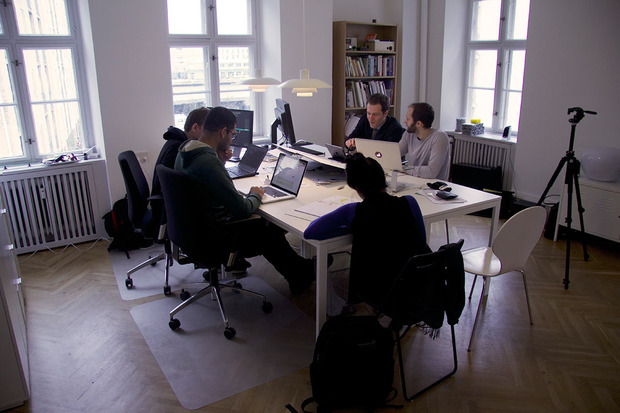
Was Denmark attracted to your group or was your group attracted to Denmark?
I think there was both a pull and a push at the same time. The Danish government is pretty open; they are one of the most liberal governments you can meet. They’re very progressive and the interesting thing is the civil servants in Denmark are actually very switched on. They’re very, very smart guys; they’re very, very proactive. It’s surprising, I know. I’ve lived in all kinds of places and I can tell you that Danish bureaucracy is something else.
It’s so interesting that you ended up in Denmark because Italian design thinking and say, Danish design thinking—they are historically and traditionally very unique.
Yeah, the value system is so different. I think I’ve transitioned through three different value systems in my life. So the first one began, of course, from India: being resource-starved and very efficient and very, very thought-through on every little detail. And there’s the sense of high performance at low cost, which is a very important attribute to design culture. And there’s always a special emphasis on the craft sector, and on looking for empowering people as much as possible. Those kinds of value systems are very strong in Indian design ethics.
And then the Italian one was the complete opposite end of the spectrum. It is all about flamboyance and the most daring response, things you can do. Funnily, I think the considerations are neither user-centric nor market-centric; I think it’s more expressive. At least, from the product design world.
I think you can apply that same thinking to traditional Italian art from centuries ago. The flamboyant structures are still there and all the tourists go to see that.
Yeah, exactly, it’s part of the culture in many ways. And I think street culture is such an important part of Italian design. I think showing off stuff is so important. And I think that’s what really gave me a sense of empowerment or sort of the ability to think very big. I think that was a very useful thing to pick up in Italy.
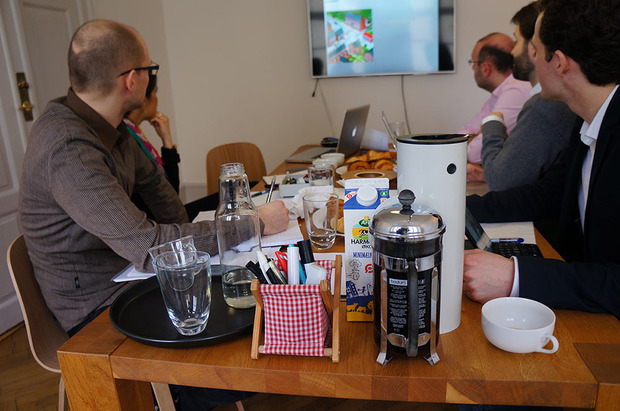
And Denmark?
Denmark is the other end of the spectrum. It’s very humble. It’s extremely optimized and very clever in its approach. Very resourceful in terms of utilizing materials and systems and all that, but at the same time I think, really elegant. It just breathes elegance. You just live in such an environment that it’s—the flip side of that is, Danish design in general and Scandinavian design overall is pretty homogenous. It’s a lot of white, a little bit of grey, hints of colors. And then some nice work in textures and trying to build a really powerful story around the product; that’s the goal more or less.
With your research unit Frugal Digital, you’re able to blend some of these value systems?
Frugal Digital is all about blending the Danish design tradition with Indian economic ethics, you could say in many ways. Because there’s a lot of product innovation, but then at the same time, it’s very deeply rooted in social economic challenges and sort of the construct of Indian economy is very different, of course.
For anyone who’s seen your TED talk, they’ll know about your successful projects like the MediMETER and the Lunchbox. What about an experiment that failed or that you ended up scrapping?
There’s one thing we tried—the notion that you could create some kind of an information mailbox. So the premise of this idea was that a lot of NGOs and different kinds of aid organizations, they all try to disseminate information to people, but often solving the “last mile” issue, especially with payment solutions, was a big hassle. So for example, say you wanted to buy something very specific like an aid package or a healthcare insurance plan for very little money in a small village somewhere. Just the transaction costs of doing all that through banks and all kinds of structures was so high that it wouldn’t make sense if you wanted to buy a $2 insurance plan for your family [per] month.
So what we did was we took a literal post box, the ones in which you receive mail, like a metal box, and then we converted that into a small payment solution where you could put coins in it. And there’s a coin receiver that converted the coin into a virtual currency. It’ll [then] send you an SMS code you punch in the phone; so it was converting coins to soft currency that you could trade for all kinds of other things. So you can buy talk time, or you can invest in some bank savings, etc.
Kind of like a more physical version of the Bitcoin system.
Yeah. But it was a spectacular failure. It was a lofty, a very ambitious idea, I would say.
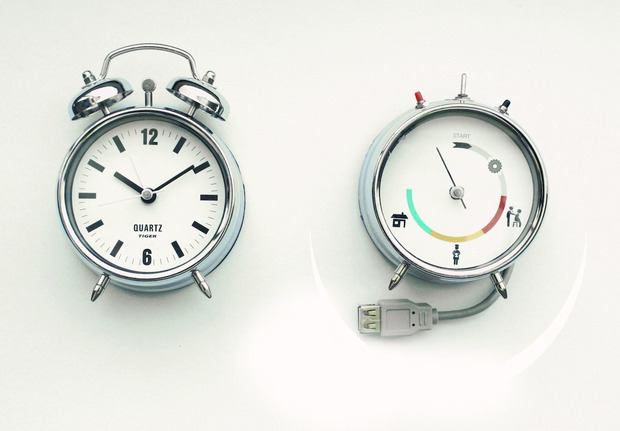
I’m starting to see a pattern of how you like to use physical objects (like the lunchbox, the alarm clock and this coin bank) whereas many tech companies seem to focus on the digital (the cloud, the apps, etc). So how do you use data and make it to something that’s touchable or usable in your hand?
I like to work with found objects. You just can take what’s there and find the uses for it, instead of condemning it and recycling it.
So I have two thoughts on that actually: One is, I like to work with found objects. I think it’s just a simple ethic that I really like because you don’t need to reinvent everything. It’s about re-appropriation; it has a much bigger carbon advantage and sustainable impact. You just can take what’s there and find the uses for it, instead of condemning it and recycling it.
Interestingly enough, re-appropriation is what many contemporary artists are doing these days.
Yeah, exactly. Of course I don’t compete with any art; I’m not an artist by any standards because I can’t speak so elegantly about my work. [Anyways] that’s one ethic and the other thing that I’m pretty focused on is manifesting virtual concepts in real life very well in simple metaphors and understandable iconography. The MediMeter is just a simple example of that; it’s a very obvious metaphor. It’s very hard to mistake it, it’s pretty basic. Everyone gets it—and it’s cheap.
So I kind of like that thing, but I think what’s even more interesting for me is all the computational and cleverness that goes backstage and no one sees. I think like in the MediMeter example, there’s quite a lot of algorithms running inside it, which is actually built on guidelines from the World Health Organization (WHO). But actually, we don’t talk extensively about it being a big data crunching machine. I kind of like that the technology is understated a little bit, and then the user experience is amplified; that’s the sort of mode I try to work with.
What are one of the projects you are working on at the moment?
Actually, our bread and butter for my studio comes from just doing large-scale projects for many corporate clients. But I think I can give you an example of something that we’re working on at the moment, which I think is extremely meaningful and interesting at the same time. We’re doing a project for the city of Copenhagen where we’re building an open source platform for camera vision, by which all kinds of environmental data, traffic patterns, and bicycles and pedestrian traffic can be sensed and then fed back into a huge infrastructure which allows you to optimize traffic. It will create what is called a “Green Wave,” so basically, time signals at traffic intersections to prioritize bicycles and pedestrians while decongesting vehicular traffic. So it’s a huge commercial project we’re doing in collaboration with [Aalborg University], a few other technology partners and big players in this business. And that’s the kind of stuff that actually makes my money.
I’m trying to create my own little economy, a closed loop system, but it’s a tough one, I must say.
And then in your spare time you’re able to tinker.
Yeah, so basically I sort of reinvest my time, energy and money into other stuff, like Frugal Digital. I’m trying to create my own little economy, a closed loop system, but it’s a tough one, I must say. [laughs]
Can you briefly describe the technology that you’re working with for this type of large-scale project?
So we work a lot with decentralized systems and open-source hardware like the Raspberry Pi. It’s a cool little board which allows you to code really efficiently and cheaply. And I think it really addresses my appetite for technology in a way.
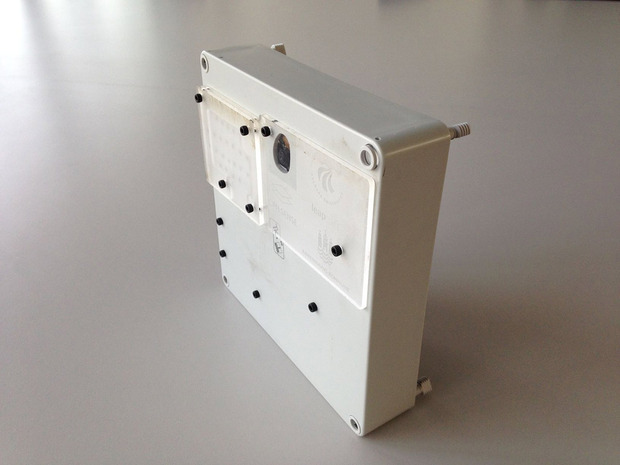
And where are you placing the sensors?
They’re actually going to be installed on streetlights—like streetlight poles and things like that—to gather information on how traffic is flowing, what the environmental conditions are, like surface temperature of the roads, air temperature, humidity. We’re actually trying to see how we can integrate a Wi-Fi solution onto a street lighting system.
That’s pretty smart.
Yes, and I think it goes in the ethics of everything else we do, like you can improvise quite a lot and build on top of other stuff. You don’t need to setup totally new Wi-Fi networks, the plan is to make a network throughout the city of Wi-Fi products based on street light infrastructure. Then build all this sensing capability on top of it.
Images courtesy of Vinay Venkatraman, video courtesy of the designer and Aalborg University












